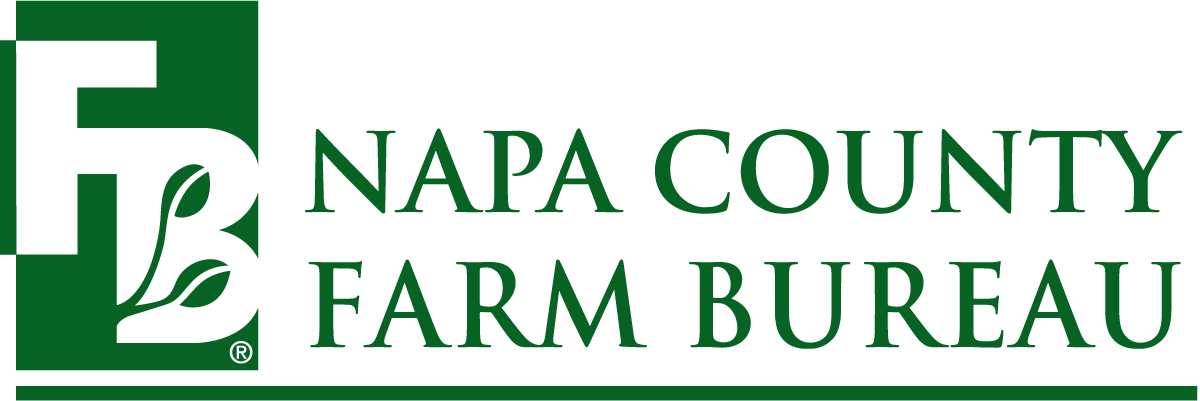Insurance Access Emerges As A Top Wildfire Priority
Issue Date: February 3, 2021
By Christine Souza
Identifying access to affordable fire insurance as "priority No. 1," California Farm Bureau President Jamie Johansson said the organization will focus attention this year on resolving an ongoing problem for many California farmers and ranchers.
Johansson, a Butte County farmer who was forced to evacuate due to wildfire in 2020, participated in an online forum on wildfires, organized by the Napa County Farm Bureau.
"After the recent wildfires, many of us received nonrenewal letters from our insurance companies, and for the first time, we started getting reports of farms who were denied coverage by the California FAIR Plan," Johansson said, referring to the Fair Access to Insurance Requirements Plan, which is considered the insurance carrier of last resort.
"Now, we have a situation where there is no insurer of last resort for our farms and ranches," he said.
Johansson said Farm Bureau has met with insurance companies, insurance associations and FAIR Plan personnel.
"We'll be looking at what kind of remedy we can take legislatively, so that our farms and ranches can have coverage going into 2021 and in the future," he said. "We need the insurance companies back in this market so that we can have affordable insurance."
Other panelists at last week's forum discussed the excessive fuel load that propels wildfires.
"Wildfires are driven by weather, terrain and fuel. We can't control the weather, we can't control the terrain, but we can control the fuel," Napa County Farm Bureau President Johnnie White said. "The only way that we're going to have a fire-safe community is if we start managing these fuels."
White discussed a range of solutions to help reduce the fuel load, such as grazing, selective logging, prescribed burns and brush clearing. Roadblocks include liability concerns and environmental challenges.
"This is something that we're going to have to keep dealing with. 2017 was kind of an eye-opener; I hope that 2020 is the year that we decided it's time to do something," he said.
Napa County fire chief Geoff Belyea, a Cal Fire deputy chief, said for many years the fire service has focused strictly on response, and should now work on vegetation management.
"By managing the vegetation, we can then manipulate fire behavior. Fuel is what drives the fires and that is the one avenue that we can control," Belyea said, adding that landowners who had created defensible space around their properties often avoided wildfire damage.
During a wildfire, White said, farmers and ranchers need access to protect their property.
"The LNU Fire was too big, too quick, with too many other fires going on in the state," he said. "There were not enough resources in this county, and we need to protect our own property if we are able and capable of doing that."
Napa County Supervisor Diane Dillon said access to property during a fire "is a very sensitive liability issue for (Cal Fire), but we appreciate and we understand everyone's concerns."
In discussing regulatory and legislative solutions, California Farm Bureau policy advocate Robert Spiegel noted that Gov. Gavin Newsom had proposed $1 billion in the state budget for the Wildfire and Forest Resiliency Action Plan. He and Johansson each expressed appreciation for the plan, which includes $323 million to accelerate fire prevention programs. But both said the funds need to be spent on the intended purpose.
State legislation that has been successful, Spiegel said, includes bills related to resiliency of communities, homes and businesses, critical infrastructure and emergency evacuation routes. He said Senate Bill 901, passed in 2018, committed $1 billion during five years toward wildfire prevention.
"California has identified roughly 20 million acres as part of the California Vegetation Treatment Program, but at a rate of 500,000 annually, it will take 40 years to treat those 20 million acres," Spiegel said. "Frankly, I don't believe that's good enough."
Sen. Bill Dodd, D-Napa, who sponsored SB 901, said the state needs "to do a better job in funding prevention."
"There's a number of other bills by myself and others," Dodd said, "and none of them by themselves are a silver bullet, but hopefully all of them together are starting to work in a manner that will be helpful, reducing fuel loads, prescribed burns and hardening homes and businesses."
In terms of local solutions, Christopher Thompson, president of the board of the Napa Communities Firewise Foundation, spoke about his agency's development of a Community Wildfire Protection Plan to help agencies, fire safe councils, communities and local residents define, plan and prioritize actions to limit damage from wildfire.
Napa County Supervisor Alfredo Pedroza discussed the need for the county to embrace the use of new technology.
"We need new tools, new strategies to protect our communities," Pedroza said. "Some of the things we're working on right now is providing more coverage, more eyes on Napa that could have these cameras staffed with artificial intelligence, connected to a live call center that dispatches a call to central dispatch. That is the future."
For farmers and ranchers seeking aid to address damage from 2020 wildfires, the U.S. Department of Agriculture has extended the application deadline for the Emergency Conservation Program to March 1. For more information on disaster recovery, visit farmers.gov/recover, or contact a local USDA Service Center.
(Christine Souza is an assistant editor of Ag Alert. She may be contacted at csouza@cfbf.com.)
Permission for use is granted, however, credit must be made to the California Farm Bureau Federation when reprinting this item.
